Year 10+ Coordinate Geometry
Chapters
Point-Gradient Equation of a Straight Line
Point-Gradient Equation of a Straight Line
If you know the gradient (slope) of a straight line, and a point that the line passes through, then you can write down the equation of the line straight away. It is
The Variables in the Above Equation
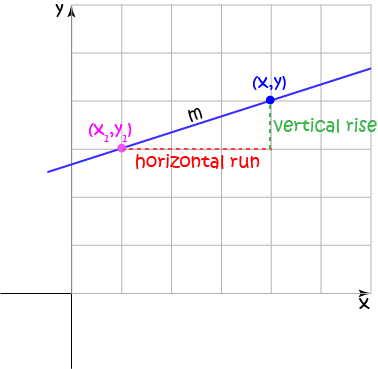
In the equation
- \(m\) is the gradient (slope) of the line
- \((x_1,y_1)\) is the point on the line that you know about.
- \((x,y)\) is another point on the line. It is allowed to move freely along the line. The equation tells us all the possible values of \((x,y)\).
Where does the Point-Gradient Equation Come From?
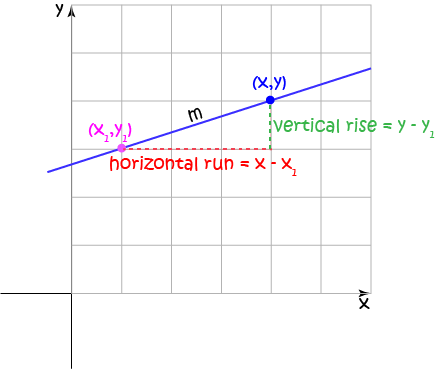
It is based on the definition of the gradient (slope). Remember that
Let's use it in anger on a few examples.
Example 1
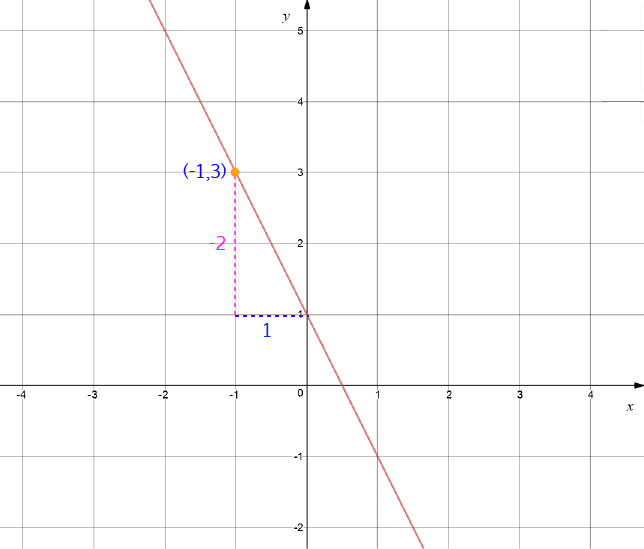
This line is sloping downhill, so its gradient is negative.
Example 2
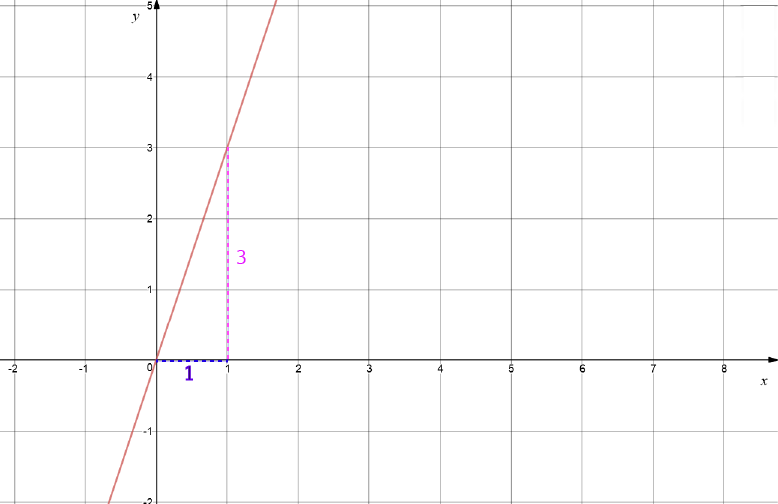
This line is sloping uphill, so its gradient is positive.
Example 3 (Horizontal Line)
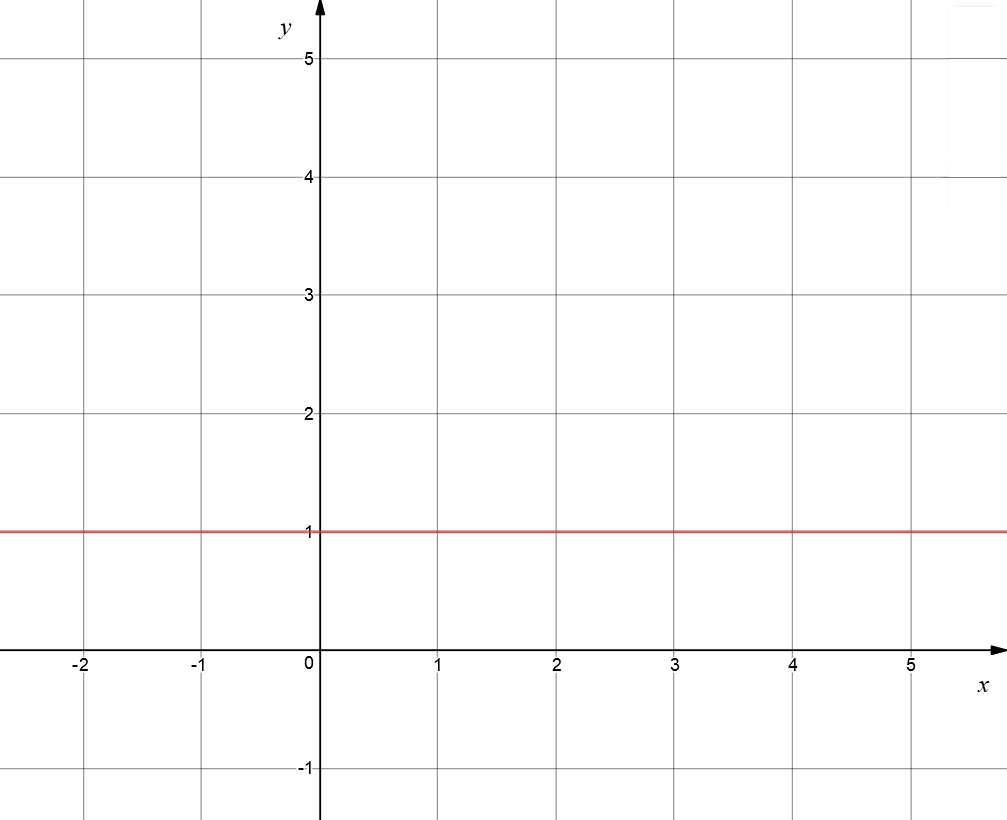
This line is horizontal, so its gradient is zero.
Example 4 (A Vertical Line)
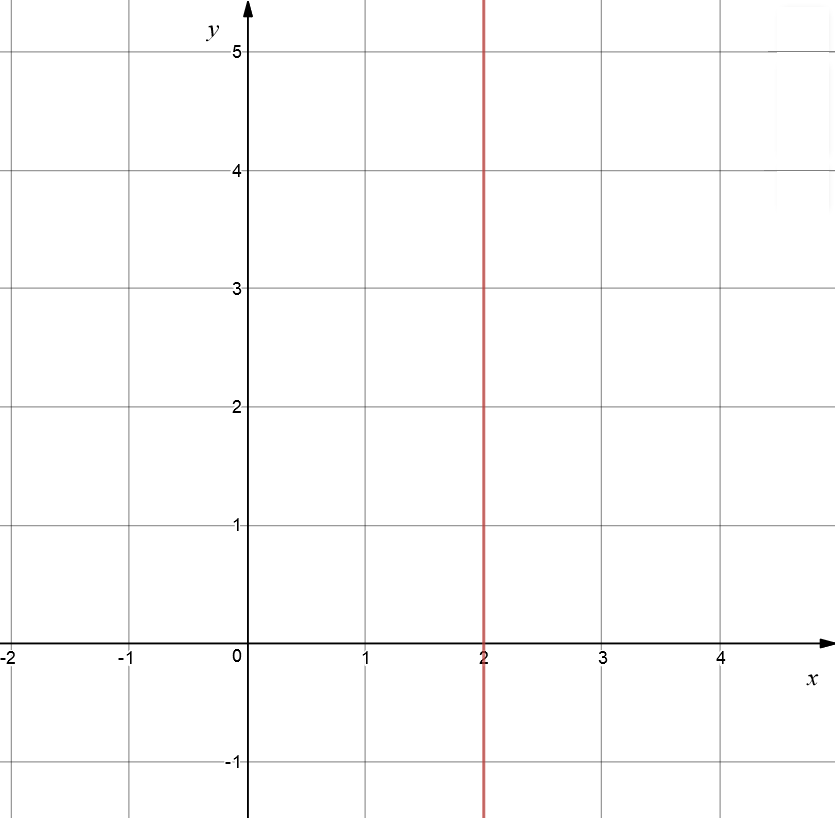
Unfortunately, the gradient of a vertical line is undefined. So, we have to get a bit cleverer here.
In fact, we have to invent a whole new type of equation for vertical lines. The equation of a vertical line through \(x = a\) is just \(x = a\), so the equation of our line is
How Do We Get \(y = mx+b\) Back?
I'm a bit stubborn. I really love the \(y = mx + b\) form of the equation of a straight line. So much so, that every time someone gives me a new version of the equation of a straight line, I have to work on it to see that I can get \(y = mx + b\) back again!
This one is not so hard. If our gradient is \(m\) and our \(y\)-intercept is \(b\), then we know that our line passes through the point \((0,b)\). So, we'll set \((x,y) = (0,b)\) and plug it into the Point-Gradient form of the equation. Here goes!
So, I'm happy! This gives me back \(y = m x + b\).
Conclusion
Now it's time to go and play with some straight line graphs. See if you can work out their equations.
You can also work the other way around and see what straight line graphs different equations will give you. The article on exploring the equation of a straight line will get you started here. After that, I'd suggest trying out an on-line graphing calculator like Desmos or Geogebra and testing the effects of different values of \(m\) and passing through different points. Have fun!
Description
A coordinate geometry is a branch of geometry where the position of the points on the plane is defined with the help of an ordered pair of numbers also known as coordinates. In this tutorial series, you will learn about vast range of topics such as Cartesian Coordinates, Midpoint of a Line Segment etc
Audience
year 10 or higher, several chapters suitable for Year 8+ students.
Learning Objectives
Explore topics related to Coordinates Geometry
Author: Subject Coach
Added on: 27th Sep 2018
You must be logged in as Student to ask a Question.
None just yet!